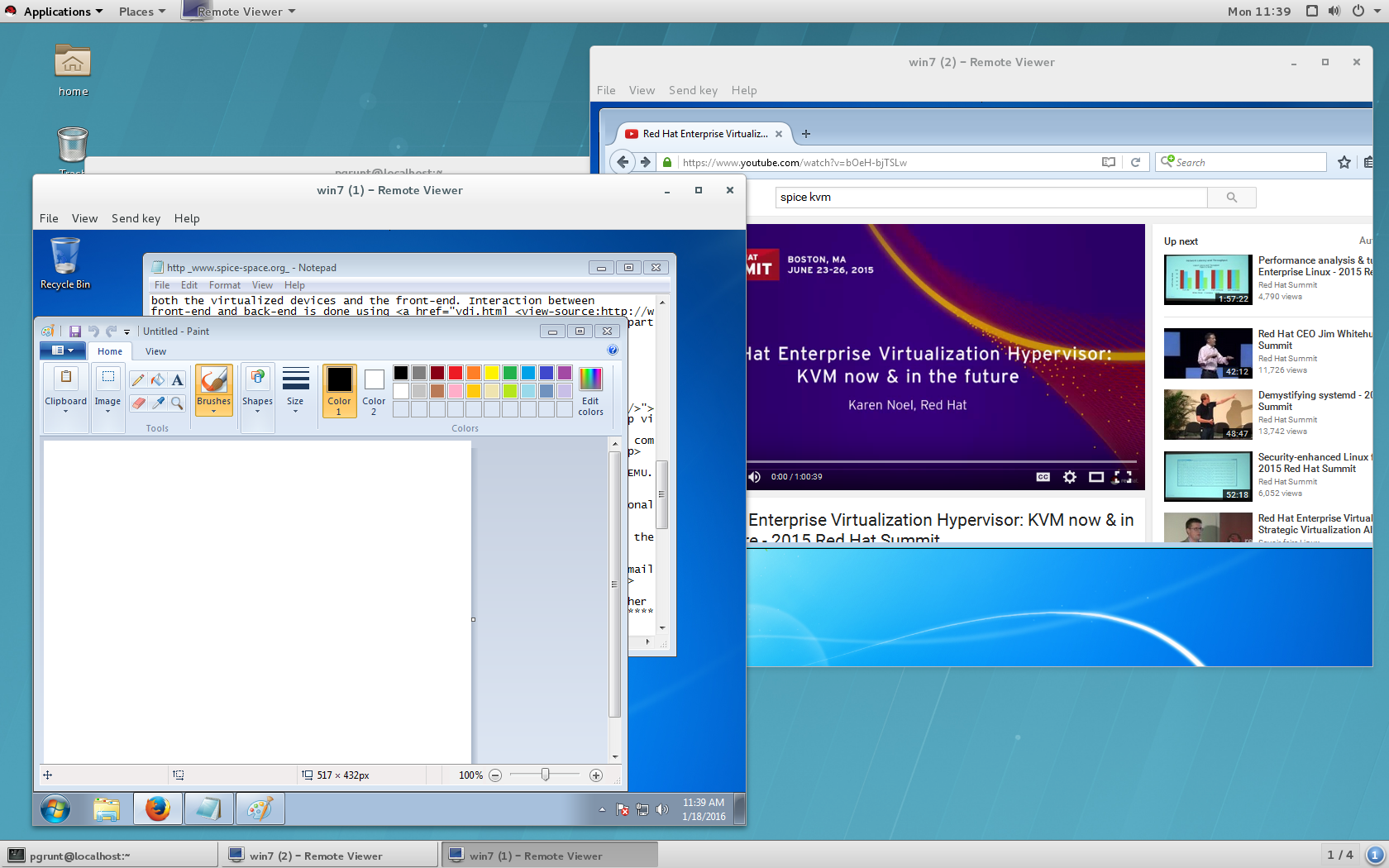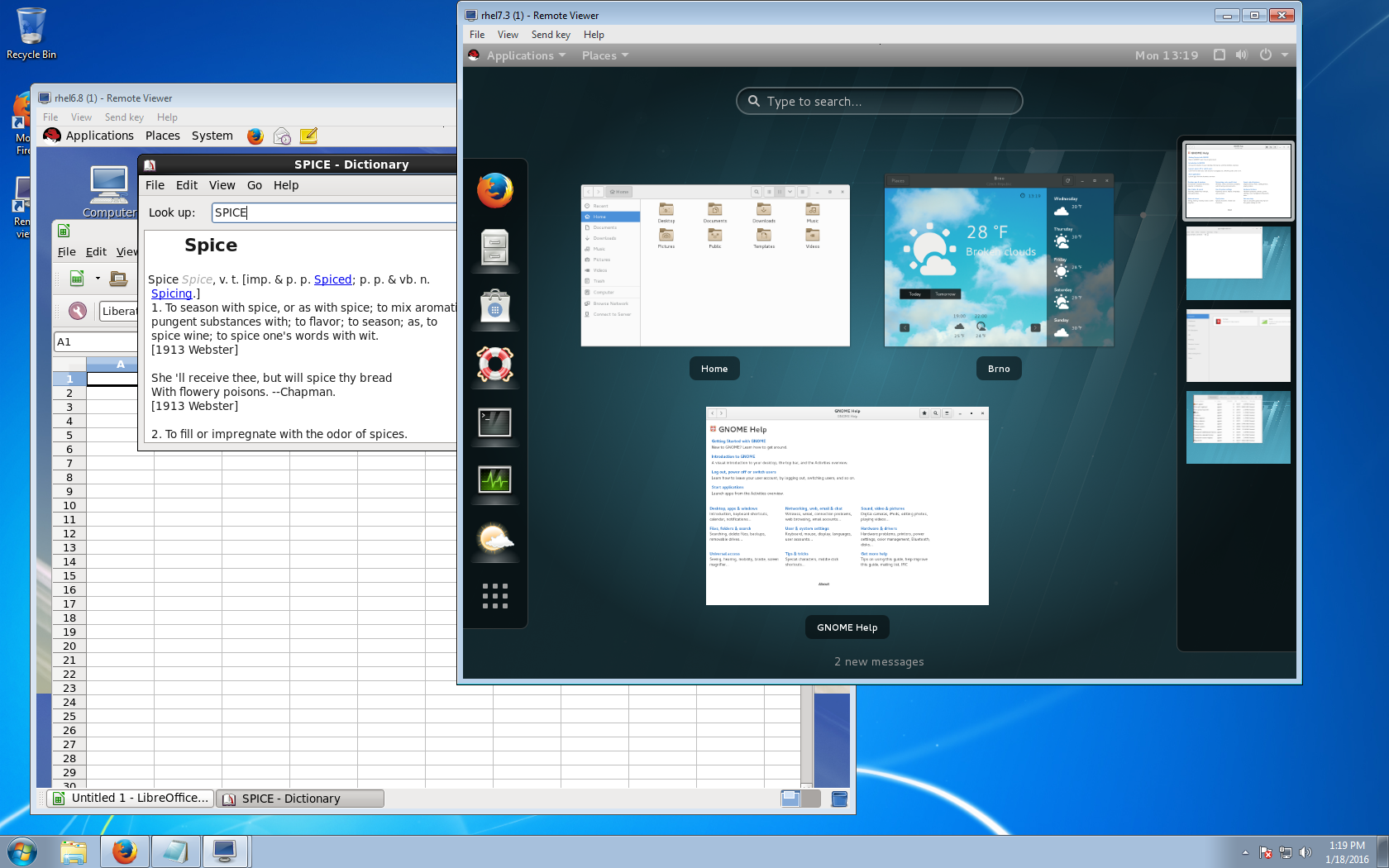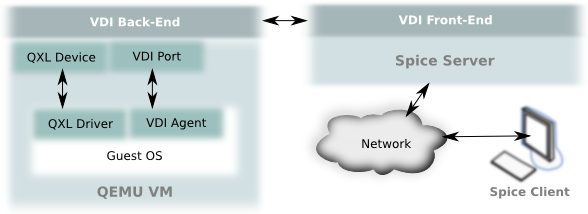I think we pass the part about what juju is and how it works, so I'll post direct commands and configurations of how to get the environment working inside an LXC container, created just for juju, not the local configuration that creates an LXC container, in other words, out host server does not have any juju package.
Some links to read in case you need more info, or you can post a question.
Guest environment:
root@spyder:~# cat /etc/issue
Ubuntu 15.10
root@spyder:~# uname -a
Linux spyder 4.2.0-18-generic #22-Ubuntu SMP Fri Nov 6 18:25:50 UTC 2015 x86_64 x86_64 x86_64 GNU/Linux
root@spyder:~# dpkg-query -W | grep lxc
liblxc1 1.1.5-0ubuntu5~ubuntu15.10.1~ppa1
lxc 1.1.5-0ubuntu5~ubuntu15.10.1~ppa1
lxc-templates 2.0.0~beta2-0ubuntu2~ubuntu15.10.1~ppa1
lxcfs 2.0.0~rc3-0ubuntu1~ubuntu15.10.1~ppa1
lxctl 0.3.1+debian-3
python3-lxc 1.1.5-0ubuntu5~ubuntu15.10.1~ppa1
In my host server, I have two lxcbr interfaces, but for the juju container I going to use lxcbr0, the container will have complete internet access but to access internal apps we are going to need DNAT iptables rules (at the end I'll post the iptables configuration).
root@spyder:~# ifconfig lxcbr0 | grep inet
inet addr:10.0.2.1 Bcast:0.0.0.0 Mask:255.255.255.0
inet6 addr: fe80::58b8:36ff:fe6e:4e57/64 Scope:Link
Original lxc-ls output
root@spyder:~# lxc-ls --fancy
NAME STATE IPV4 IPV6 GROUPS AUTOSTART
-------------------------------------------------------------------
ceph-admin RUNNING 10.0.2.11, 10.0.3.84 - - YES
ceph01 RUNNING 10.0.2.85, 10.0.3.85 - - YES
ceph02 RUNNING 10.0.2.103, 10.0.3.86 - - YES
ceph03 RUNNING 10.0.2.156, 10.0.3.87 - - YES
Now to the fun part, getting things working :)
First, create the juju container.
root@spyder:~# lxc-create -t download -n juju -- --dist ubuntu --release trusty --arch amd64
Using image from local cache
Unpacking the rootfs
---
You just created an Ubuntu container (release=trusty, arch=amd64, variant=default)
To enable sshd, run: apt-get install openssh-server
For security reason, container images ship without user accounts
and without a root password.
Use lxc-attach or chroot directly into the rootfs to set a root password
or create user accounts.
Start the container
root@spyder:~# lxc-start -n juju -d --logfile juju.log
root@spyder:~# lxc-ls --fancy
NAME STATE IPV4 IPV6 GROUPS AUTOSTART
-------------------------------------------------------------------
ceph-admin RUNNING 10.0.2.11, 10.0.3.84 - - YES
ceph01 RUNNING 10.0.2.85, 10.0.3.85 - - YES
ceph02 RUNNING 10.0.2.103, 10.0.3.86 - - YES
ceph03 RUNNING 10.0.2.156, 10.0.3.87 - - YES
juju RUNNING 10.0.2.110 - - YES
Now let's attach to the container (in this part you need to install openssh-server, set passwords to users, etc.)
root@spyder:~# lxc-attach --name juju
root@juju:~# ip a
1: lo: mtu 65536 qdisc noqueue state UNKNOWN group default
link/loopback 00:00:00:00:00:00 brd 00:00:00:00:00:00
inet 127.0.0.1/8 scope host lo
valid_lft forever preferred_lft forever
inet6 ::1/128 scope host
valid_lft forever preferred_lft forever
22: eth0@if23: mtu 1500 qdisc pfifo_fast state UP group default qlen 1000
link/ether 00:16:3e:53:f1:f5 brd ff:ff:ff:ff:ff:ff
inet 10.0.2.110/24 brd 10.0.2.255 scope global eth0
valid_lft forever preferred_lft forever
inet6 fe80::216:3eff:fe53:f1f5/64 scope link
valid_lft forever preferred_lft forever
To install Juju, you simply need to grab the latest juju-core package from the PPA:
root@juju:~# apt-get install python-software-properties
root@juju:~# apt-get install software-properties-common
root@juju:~# add-apt-repository ppa:juju/stable
Stable release of Juju for Ubuntu 12.04 and above.
More info: https://launchpad.net/~juju/+archive/ubuntu/stable
Press [ENTER] to continue or ctrl-c to cancel adding it
gpg: keyring `/tmp/tmpyqs7twek/secring.gpg' created
gpg: keyring `/tmp/tmpyqs7twek/pubring.gpg' created
gpg: requesting key C8068B11 from hkp server keyserver.ubuntu.com
gpg: /tmp/tmpyqs7twek/trustdb.gpg: trustdb created
gpg: key C8068B11: public key "Launchpad Ensemble PPA" imported
gpg: Total number processed: 1
gpg: imported: 1 (RSA: 1)
OK
root@juju:~# apt-get update
root@juju:~# apt-get upgrade
root@juju:~# apt-get install juju-quickstart juju-core
Juju needs to be configured to use your cloud provider. This is done via the following file:
$HOME/.juju/environments.yaml
Juju can automatically generate the file in this way:
ubuntu@juju:~$ juju generate-config
There are different types of clouds providers, check the environments.yaml for more info, the one important for us is the manual provider because we are going to deploy on manually on our same machine (LXC container in this case), so I deleted all the other information:
ubuntu@juju:~$ cat /home/ubuntu/.juju/environments.yaml
default: manual
environments:
manual:
type: manual
# bootstrap-host holds the host name of the machine where the
# bootstrap machine agent will be started.
bootstrap-host: juju
# bootstrap-user specifies the user to authenticate as when
# connecting to the bootstrap machine. It defaults to
# the current user.
bootstrap-user: ubuntu
# storage-listen-ip specifies the IP address that the
# bootstrap machine's Juju storage server will listen
# on. By default, storage will be served on all
# network interfaces.
# storage-listen-ip:
# storage-port specifes the TCP port that the
# bootstrap machine's Juju storage server will listen
# on. It defaults to 8040
# storage-port: 8040
# Whether or not to refresh the list of available updates for an
# OS. The default option of true is recommended for use in
# production systems.
#
# enable-os-refresh-update: true
# Whether or not to perform OS upgrades when machines are
# provisioned. The default option of false is set so that Juju
# does not subsume any other way the system might be
# maintained.
#
# enable-os-upgrade: false
The first step is to create a bootstrap environment. This is a cloud instance that Juju will use to deploy and manage services. It will be created according to the configuration you have provided, and your public SSH key will be uploaded automatically so that Juju can communicate securely with the bootstrap instance.
ubuntu@juju:~$ juju switch manual
manual -> manual
ubuntu@juju:~$ juju bootstrap
WARNING ignoring environments.yaml: using bootstrap config in file "/home/ubuntu/.juju/environments/manual.jenv"
Bootstrapping environment "manual"
Starting new instance for initial state server
Installing Juju agent on bootstrap instance
Logging to /var/log/cloud-init-output.log on remote host
Running apt-get update
Installing package: curl
Installing package: cpu-checker
Installing package: bridge-utils
Installing package: rsyslog-gnutls
Installing package: cloud-utils
Installing package: cloud-image-utils
Installing package: tmux
Fetching tools: curl -sSfw 'tools from %{url_effective} downloaded: HTTP %{http_code}; time %{time_total}s; size %{size_download} bytes; speed %{speed_download} bytes/s ' --retry 10 -o $bin/tools. tar.gz
Bootstrapping Juju machine agent
Starting Juju machine agent (jujud-machine-0)
Bootstrap agent installed
manual -> manual
Waiting for API to become available
Waiting for API to become available
Bootstrap complete
You can see that the bridge-utils package is installed, but inside an lxc container you are not going to use it and it can pass through an outside bridge to the juju container
root@juju:~# apt-get purge bridge-utils
If you have any problem on the bootstrap delete conf files and start over, and I mean problems like the nasty “ERROR machine is already provisioned” when the machine is not really provisioned.
root@juju:~# apt-get purge lxc*
root@juju:~# apt-get purge juju*
root@juju:~# rm -rf /etc/init/juju*
root@juju:~# rm -rf /var/lib/juju
If not, just continue, if everything is well right, you will see an output similar to this one, this means that the juju service is running on machine 0 (same LXC container).
ubuntu@juju:~$ juju status
environment: manual
machines:
"0":
agent-state: started
agent-version: 1.25.3
dns-name: juju
instance-id: 'manual:'
series: trusty
hardware: arch=amd64 cpu-cores=2 mem=3000M
state-server-member-status: has-vote
services: {}
Assuming it returns successfully, we can now deploy some services and explore the basic operations of Juju, next, you simply need to deploy our first charm (juju-gui) and expose it, this charm makes it easy to deploy a Juju GUI into an existing environment.
ubuntu@juju:~$ juju deploy juju-gui --to 0
ubuntu@juju:~$ juju expose juju-gui
........
........ after a couple of minutes, juju needs to download several packages and configure all, so better use "watch juju status", untill you see and output similar to this.
........
ubuntu@juju:~$ juju status
environment: manual
machines:
"0":
agent-state: started
agent-version: 1.25.3
dns-name: juju
instance-id: 'manual:'
series: trusty
hardware: arch=amd64 cpu-cores=2 mem=3000M
state-server-member-status: has-vote
services:
juju-gui:
charm: cs:trusty/juju-gui-51
exposed: true
service-status:
current: unknown
since: 12 Mar 2016 09:12:45Z
units:
juju-gui/0:
workload-status:
current: unknown
since: 12 Mar 2016 09:12:45Z
agent-status:
current: idle
since: 12 Mar 2016 09:17:48Z
version: 1.25.3
agent-state: started
agent-version: 1.25.3
machine: "0"
open-ports:
- 80/tcp
- 443/tcp
public-address: juju
Now the juju-gui is installed, configured, and exposed over ports 80 and 443, but remember, this is inside the LXC container, so we can't access the GUI unless we NAT some ports from our host server.
root@spyder:~# iptables -t nat -A PREROUTING -p tcp -d 10.0.1.139 --dport 443 -j DNAT --to-destination 10.0.2.110:443
root@spyder:~# iptables -t nat -A PREROUTING -p tcp -d 10.0.1.139 --dport 80 -j DNAT --to-destination 10.0.2.110:80
And boom!!!! now we can access juju-gui, the login info is on this file:
ubuntu@juju:~$ cat .juju/environments/manual.jenv
user: admin
password: 0d4e465c15d5880d0c348a921489a9f1
.......






